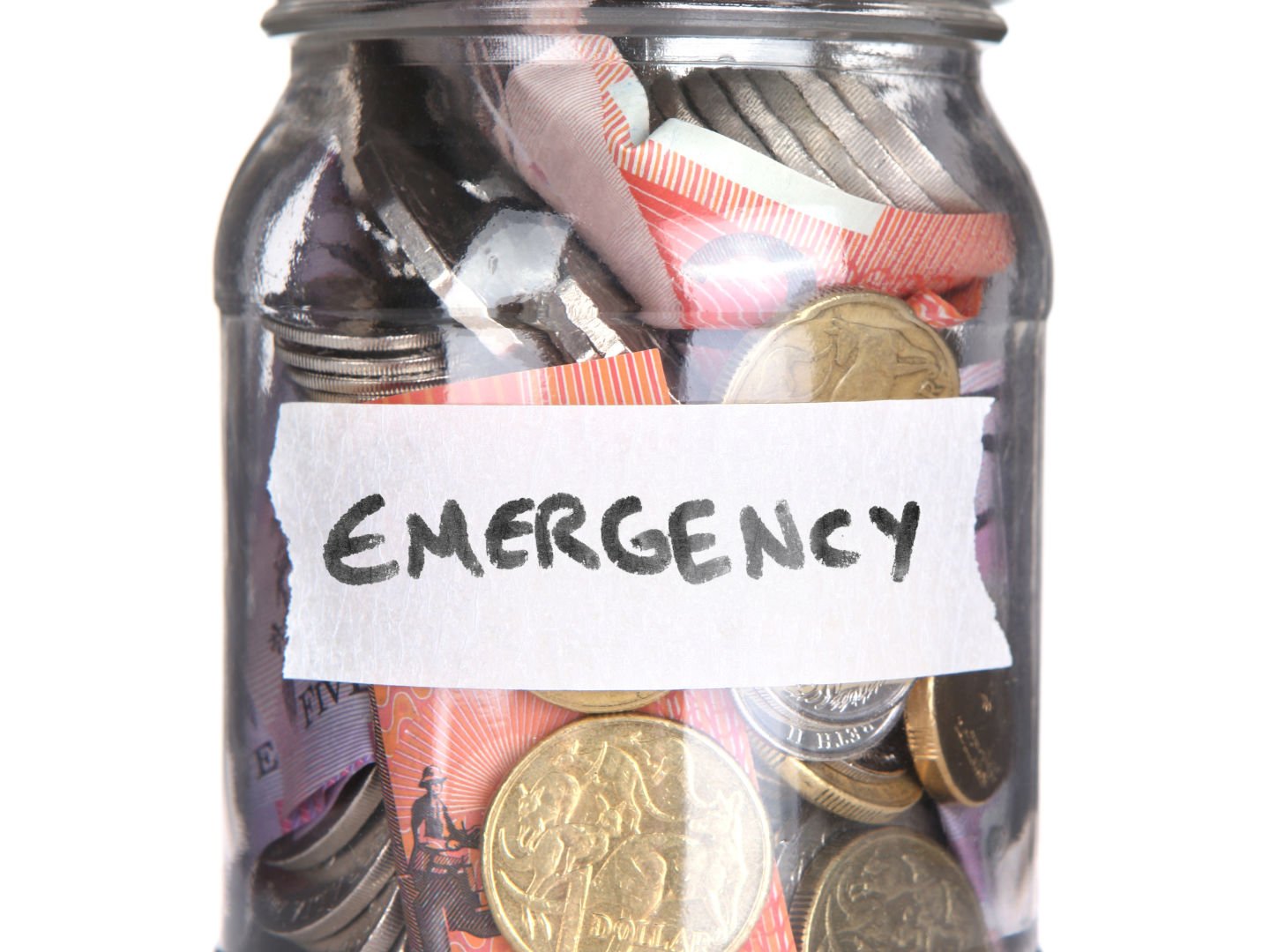
17 Oct MONEY TIPS: Your essential guide to building an emergency fund
MONEY TIPS: Your essential guide to building an emergency fund
What is an emergency fund?
An emergency fund is essentially a savings safety net: money that you’ve stashed away for a ‘rainy day’. You commit to building it by putting money aside regularly and not touching it unless there’s a crisis.
Having this buffer enables you to access your own personal funds when they’re needed without having to max out your credit card, borrow money off friends or family, or get into debt by taking out a loan.
How much should be in your emergency fund?
Everyone has different needs, income and expenses. For some people, putting aside $10 a week into an emergency fund may be all they can afford – and that’s fine! For others, the goal may be having a month’s worth of expenses tucked away. Or maybe a year of expenses might be the absolute minimum you’re comfortable with.
Some experts suggest saving at least three months’ worth of expenses in your fund. To work out how much your expenses are, add up everything you spend per month including rent or mortgage payments, food, bills and other costs. Don’t forget to factor in the little expenses too, like lunches at work or daily coffees. It all adds up!
Let’s says for example, once you add up all your monthly expenses, you need roughly $4500 per month then your goal may be to save a buffer of $13,500, which gives you three months’ worth of expenses in a crisis. A savings calculator can also help you determine how much you can set aside and you can find many of these online – including the Federal-Government run MoneySmart website.
5 ways to boost your emergency fund
- Slash expenses and save the extra: Paying for a full on-demand TV package? Compare providers, their packages and what you watch and need. If you swap your subscription and end up saving about $100 per month – that’s $1200 per year for your emergency fund.
- Save into an account paying higher interest: You may wish to ask your bank to send a regular payment to the account or ask payroll to send a portion of your pay to that account. Try to choose an account that offers bonus interest if you don’t withdraw money.
- Create your emergency fund in an offset account: You could use your home loan’s offset account as your emergency fund if you feel that is a better option for you. Or, if you have a redraw facility, add more to your mortgage repayments to create funds that sit in your mortgage but are there to dip into in an emergency.
- Top your account up with any extra: If you’re in the habit of cleaning out your wallet or bag and dumping excess change into a jar at home, wait until it’s full then take it to your bank and pop it into your emergency fund. Similarly, you could transfer your tax rebate into your fund or even sell stuff you no longer want to boost your fund further.
- If you can find the time: Why not get a side-hustle and save what you earn into your emergency fund? It could be an Uber or Air tasker style of gig or AirBnB. Maybe you have some skills you’re not utilising that could earn you money.
When should you use it?
Having a large chunk of change in an account may be tempting for many of us – but this isn’t money you can use for something you want (like a new outfit or a trip to Fiji). It’s only there to cover the cost of real emergencies.
As a rule of thumb, you may define ‘emergencies’ as things you absolutely cannot get out of dealing with right now, such as:
- Repairs to your car or needing to replace household appliances.
- Home maintenance that’s not covered by insurance.
- Unexpected travel to see a sick loved one.
- Job loss for you or your partner, or a slow patch when you need to cover bills and the mortgage (if you work for yourself).
- Leaving a toxic job
- Escaping an unsafe family home environment.
We hope that the above has been helpful. Feel free to contact us should you wish to discuss.
Happy saving!




